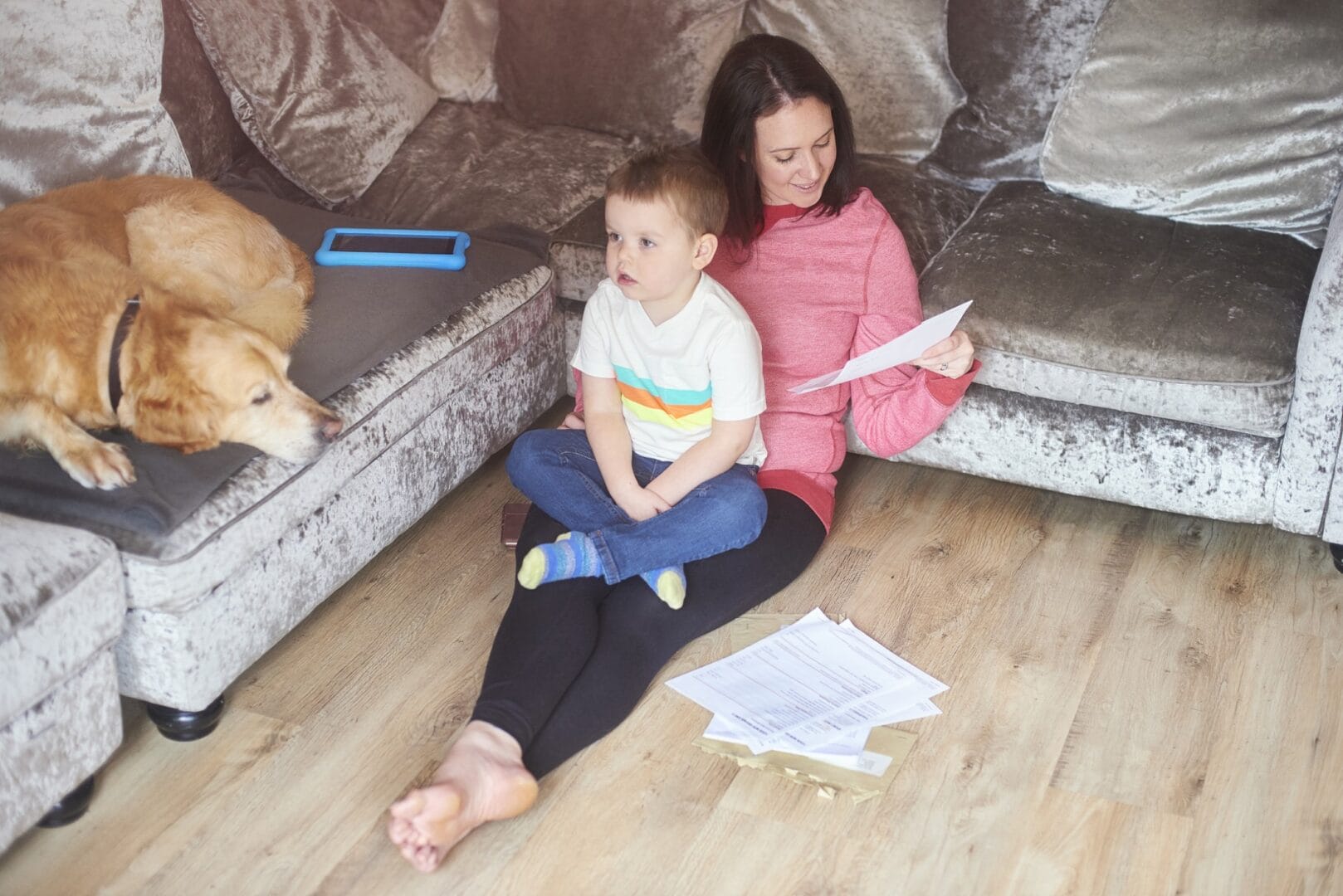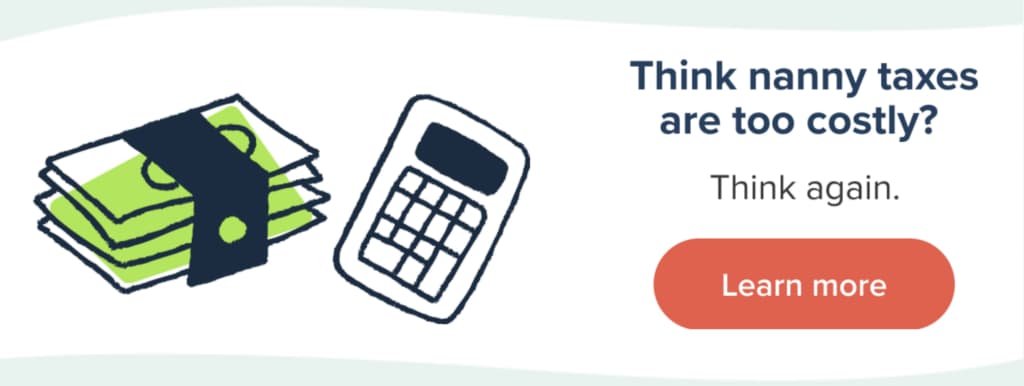One of the most common concerns families have when they hire a nanny is how much in taxes they’ll be responsible for paying. The good news is that families can qualify for at least one – if not two – tax breaks that can make paying their nanny on the books less expensive than paying under the table.
What tax breaks are available when I pay my nanny legally?
Dependent Care Account
A Dependent Care Account is a type of Flexible Spending Account (FSA) which is available through the benefits package offered by most companies. You can use an FSA to pay for up to $5,000 of child care-related expenses – such as your nanny’s pay – using pre-tax dollars. Depending on your marginal tax rate, using an FSA can save around $2,000 in 2024. For enrollment details, check with your HR or Accounting Department.
Child or Dependent Care Tax Credit
To apply for the Child or Dependent Care Tax Credit, use IRS Form 2441 to itemize care-related expenses on your federal income tax return. A majority of families will receive a 20% tax credit on up to $3,000 of care-related expenses if you have one child, or $6,000 of care-related expenses if you have two or more children. This means your tax credit is up to $600 for one child and $1,200 for two or more children.
If you have one child, your best option is the FSA. Setting aside the full $5,000 will save about $2,000, depending on your marginal tax rate. If you don’t have access to an FSA (or cannot enroll at the moment), use the Child or Dependent Care Tax Credit.
If you have two or more children, you may be able to take advantage of both tax breaks. Use your FSA for the full $5,000 and if you have leftover child care expenses, you can apply another $1,000 toward the Child or Dependent Care Tax Credit. This combination saves you an additional $200 per year, which brings your total savings to about $2,200 for 2024.
How do I qualify for a nanny tax deduction?
“The most important thing to remember is that you can’t qualify for a tax break on your child care expenses if you aren’t paying your nanny legally,” says Tom Breedlove, Sr. Director of Care HomePay.
Assuming this is not an issue, these tax breaks are available to you if your children are under the age of 13 and you have care-related expenses because both you and your spouse work, are looking for work or are full-time students. Child care expenses can be your nanny’s wages, the wages paid to a backup child care provider, the taxes your incur on your nanny’s wages and even the money paid to a placement agency.
When you sign up for Care HomePay, the paystubs we generate for you can serve as proof of child care expenses. This will allow you to use your FSA and/or keep track of how much to apply to the child care tax credit.
Next Steps:
Use our budgeting calculator to see your tax costs and tax breaks
Learn about the tax and payroll responsibilities you have when hiring a nanny
Key takeaways
What are the qualifications for a nanny tax deduction?
To qualify for a tax break on child care expenses, it is essential to pay your nanny legally. These tax breaks are available if your children are under the age of 13, and both you and your spouse work, are seeking employment, or are full-time students. Child care expenses can include your nanny’s wages, backup child care provider wages, nanny wage-related taxes, and fees paid to a placement agency.
What tax breaks are available when I pay my nanny legally?
Families who pay their nanny legally can qualify for two significant tax breaks: the Dependent Care Account (FSA) and the Child or Dependent Care Tax Credit. These options can make legal payment of nanny wages more affordable compared to paying under the table.
How does the Dependent Care Account (FSA) work for nanny expenses?
The Dependent Care Account (FSA) is a Flexible Spending Account available through many company benefits packages. It allows you to use pre-tax dollars to cover up to $5,000 of child care-related expenses, including your nanny’s pay. Depending on your tax rate, using an FSA can lead to savings of around $2,000 in the year 2024.
What is the Child or Dependent Care Tax Credit, and how does it benefit families?
Families can benefit from the Child or Dependent Care Tax Credit by itemizing care-related expenses on their federal income tax return using IRS Form 2441. This credit offers a 20% tax credit on up to $3,000 of expenses for one child or $6,000 for two or more children. It means you can receive a tax credit of up to $600 for one child and $1,200 for two or more children.
* The information contained in this article is general in nature, may not be applicable to your specific circumstances, and is not intended to be a substitute for or relied upon as personalized tax or legal advice.

